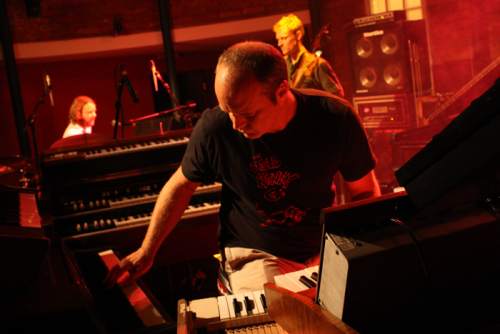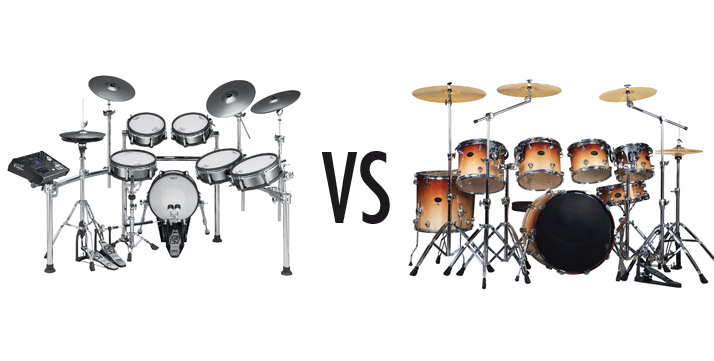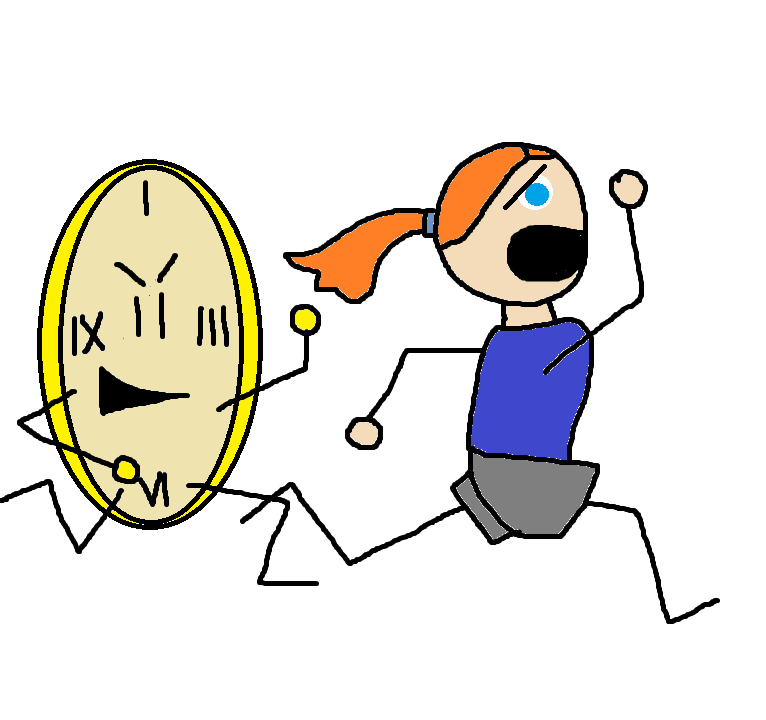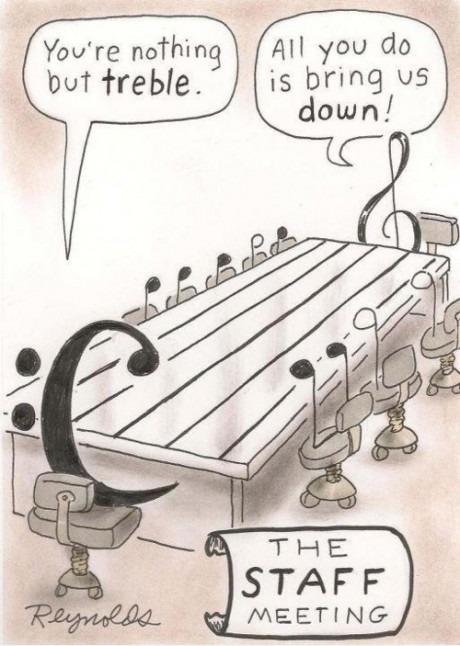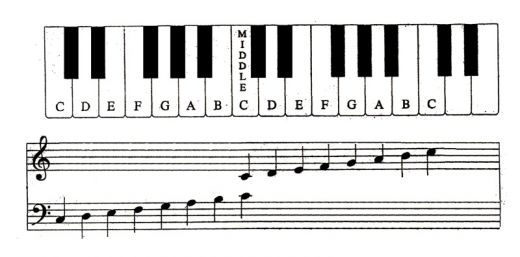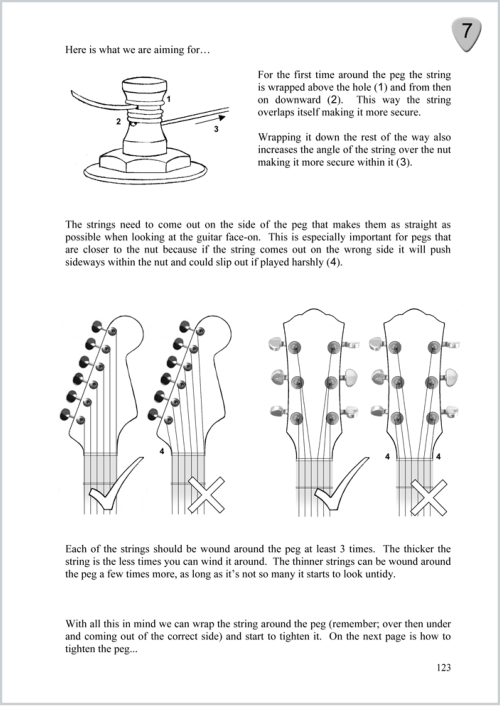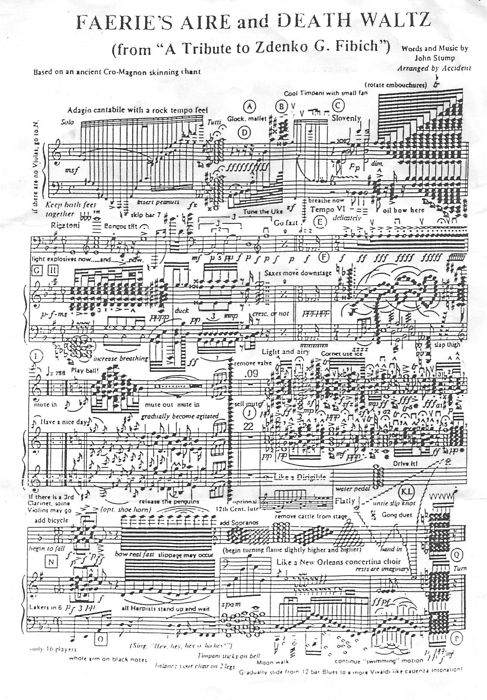At Matt Burk Music Studio we dream of every student experiencing the joy and passion that comes with expressing themselves in music, learning their craft proficiently and becoming a success in their own right. We want each student to have an exceptional experience with us. There are three elements that contribute heavily towards this goal. When these three elements are working in concert, then the greatest results are achieved!
Teachers
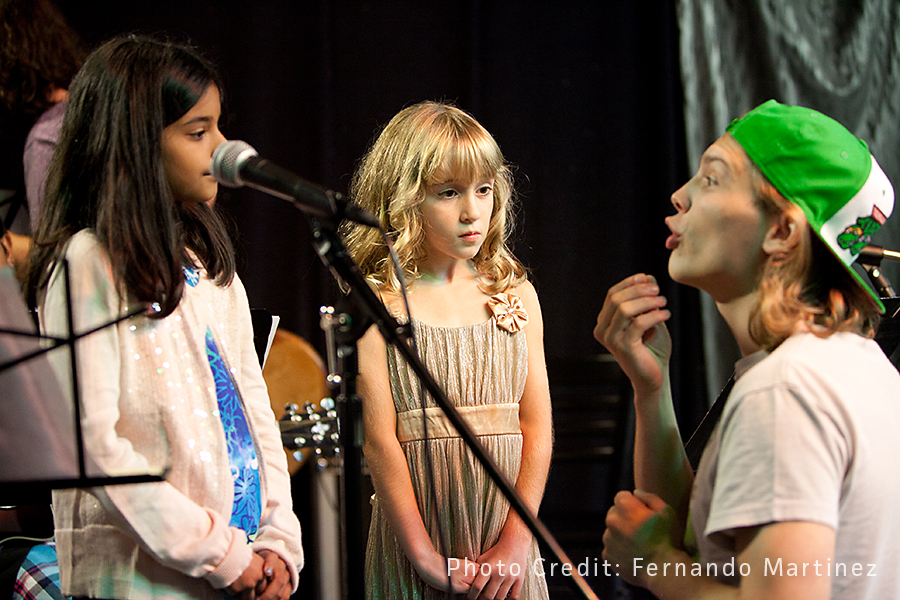
As teachers, we certainly play a key role in each student’s overall success. One of our primary goals is to listen carefully to find what inspires and motivates the student, and then customize a lesson plan with that in mind. We use a lot of encouragement and positive reinforcement in the teaching process. Our purpose is to help students achieve their unique goals in music. Our teachers work with each student to customize lessons and a practice plan that will work with their specific goals, interests and schedules.
Students
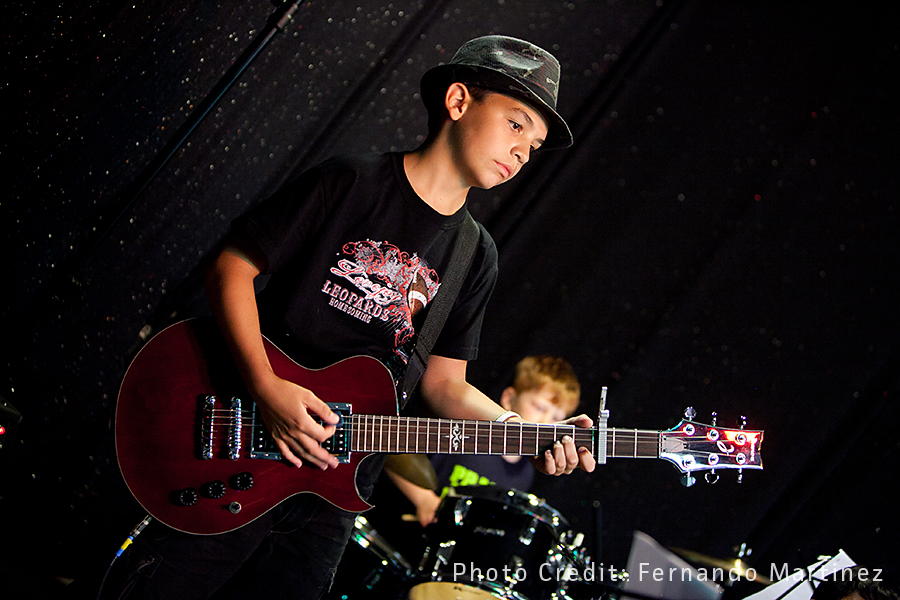
Each week, students spend a relatively short amount of time in lessons – typically either 30 minutes or 60 minutes in one-on-one lessons with their teacher. As such, the majority of the progress a student sees will typically take place at home, between lessons. What happens at home is one of the biggest factors that determines a student’s progress. With this in mind, our teachers work with students very specifically to understand how much practice time you can realistically commit to each week. Then they will work with you and structure lessons accordingly. We do not have any set amount of practice time that we expect, but rather understand that each student’s schedule is different, and work from there. It is important to keep in mind that often times, if practicing is not a scheduled part of the student’s week, then it simply doesn’t happen.
Parents
Parental involvement is also a very important element in the student’s musical journey. Our desire is to keep the parents informed about what is happening in lessons, and to keep the lines of communication open at all times. The more information that we receive from parents (and students), the better. If the student’s musical interests have changed, or they need some different inspiration, or they would like to further explore another aspect of music (e.g., songwriting, improvisation, etc.), or whatever it might be - we would love to know that, so we can adjust lessons accordingly. So communication is key with us. We want to make sure that we continue to meet each and every student where they are.
Parents often ask us what they can do to best support the learning process.

Parents also play a huge role at home. The support a student receives at home is critically important in the overall success of lessons. In order for the student to get the most out of lessons, the parents need to be involved in a positive, encouraging manner. Some students thrive with more parental involvement and some students thrive with less. We know that you know your child best, and as such, we generally defer to you in this area. However, from time-to-time, we may make suggestions and ask you to help us by trying different approaches (e.g., being more or less actively involved in lessons or practice) as a part of our teaching process.
Australian musician, music teacher and author, Philip Johnston, in his renowned book, “The Practice Revolution” put together a list of seven key things that parents can do to support their child in the learning process. Below are those keys, along with some quotes from Johnston’s book. We have also included some of our own comments - based on our personal experiences with students of Matt Burk Music Studio.
1. Be interested.
“The single best thing parents can do to help their child practice is to be genuinely interested in what’s going on with their music lessons. To be hungry to find out what happened in the last lesson, and how their child plans on being ready for the next one.”
We know you have an interest in your child’s music lessons, or you wouldn’t be willing to invest your time and money in this process! Even still, we wanted to be sure you’re aware that questions about what song your child is working on, what made them choose that song, which scale they like or dislike the most, where they are struggling, where they are excelling, or what song they want to learn next, can have a tremendous impact on the student’s progress and overall excitement about music lessons. Whether you are a professional musician or have no musical experience whatsoever, your interest in your child’s learning process is extremely valuable!
2. Encourage.
“Parents don’t need to be gushing over every correct quarter note, but calculated positive feedback from parents is a great way of reinforcing behavior.”
The best way to encourage your child, is to be well informed about what goals are being set for them to accomplish each week. The more you know about the specifics of the lessons, the more targeted you can be in your encouragement. In order to get you as much information about lessons as possible, we talk to parents at the end of every lesson (assuming you are available), and we also send home a practice and progress form each week. The practice and progress form will include information about the student’s strengths as well as specific practice instructions and goals for the week. And remember – your child’s instructor will work to strengthen their skills and correct their weaknesses. So we encourage parents to really focus on the positives!
3. Reflect.
“Parents can ensure that the communication between studio and home is complete by having the student reflect back to them the essential information for the week ahead.”
It is of critical importance that when students leave the studio they have a clear understanding of what their practice goals are for the week. This is important since the vast majority of progress takes place during the week, in-between lessons. By having the teacher, student, and parents, on the same page and with the same expectations, it greatly increases the success of lessons.
4. Steer.
“ Even when kids are completely clear on what their goals are for the week, and have a comprehensive list of practice techniques to use to pursue those goals, they can sometimes be confused as to how to organize it all.”
Often times students can be a little overwhelmed as to how to properly manage their practice goals for the week. You as parents can play a helpful role in your child effectively practicing by working with them to plan out a “roadmap” for the week as to what should be accomplished first, second, third, and so on. For example if you hear your child playing through a part of a song, for an extensive period of time, that they feel comfortable with, then you can steer them to spend some time on a section that they need more work on. This is just one of many scenarios where you as parents can steer you child in the right direction for practicing.
5. Enthuse.
“While praise can be useful for reinforcing what a student is already doing, being enthusiastic can help motivate students to be excited about things they haven’t even started yet - affecting practice sessions that may not take place for months, or even years.”
Often times students only see what is directly before them. It’s important for them to sometimes “look up” and see what’s down the road if they continue pursing music. It’s easy for any of us to lose traction or motivation if we don’t have a vision for what’s to come. As parents, you can help provide that much needed vision for your child by mentioning songs that they would love to be able to play one day, but aren’t quite ready for yet. It’s an important part of the process to be “hungry” for things yet to come. You can also really influence them to take advantage of our exciting performance opportunities! This enthusiasm can really instill a sense of purpose and drive that students need. It’s all about encouragement and inspiration!
6. Progress checks.
“One of the best ways to assess progress is with a couple of well-spaced midweek “checkpoints,” and the parent is the perfect audience for the student to show off their work so far to.”
As we all know, the week has a way of flying by. Mid-week check-ups are a great way to assess what has been accomplished up to that point, and then to plan out the rest of the week. These “checkpoints” are not necessarily designed to assess how much practicing has been done but rather the way practicing has been done. The success of practicing should not be measured in the amount of time spent, but rather in progress made. Simply put, a student can accomplish more in 10 minutes of correct practicing, than in 30 minutes of incorrect practicing. We’re not interested in students racking up huge practice numbers, but rather accomplishing specific goals. Your teacher can help shed more light on this subject.
7. Knowing when not to help.
“Sometimes the best help is not to help at all. Some students work best when they are given room to move, and will actively resent parents leaping in with solutions for every practice problem they face. …As students become more autonomous with their practice, the parental involvement model moves gently from helping regularly to simply being available should the student need it.”
This, of course, is a very subjective issue. As parents, you know your child better than anyone. This is a process that only you and your child will be able to monitor, but we wanted be sure you’re aware that it can be an important factor in a student’s progress.
A final note – please talk with us!
Lastly, we want to reiterate the importance of an open line of communication with us. As your child communicates their likes, dislikes, concerns, passions, etc. with you, please share that information with us! We want the lines of communication to always be open between our instructors and our students and our parents. Please do not assume that your child is communicating as openly with us as they do with you. We truly want each student to have an exceptional experience with us. As such, we really want to know how to best connect with them, so please keep us in the loop as lessons progress!
This article is a part of a notebook that what we give to all new students who join our studio. We teach private lessons for piano, guitar, drums, bass, voice, songwriting and audio production at our Studio in Allen, Texas. You can check out this video to get a glimpse of what makes our Studio unique! If you have questions about lessons with us, be sure to check out the rest of our website, email us, or call us at 972.207.9353, and we'll be happy to help you!

